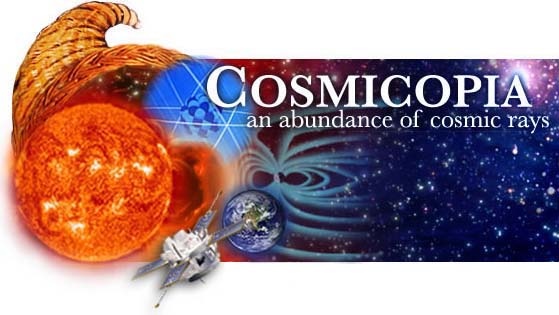
Glossary:
I and J
- Impulsive flares
- One of two general types of solar flares. Impulsive flares accelerate mostly electrons, with some protons. They last for minutes or hours, and most occur near the solar equator. They happen at a rate of about 1000 per year during solar maximum.
- Interplanetary
- Between the planets in our solar system.
- Interplanetary Shock Particles
- Particles accelerated by shocks associated with solar flares and CMEs
- Interstellar
- Between the stars.
- Interstellar dust
- Solid clumps of particles (atoms, molecules, and/or ions) in the interstellar medium. They may have a charge due to some loss of electrons.
- Interstellar gas
- Single particles (atoms, molecules, and ions) in the interstellar medium. Interstellar gas particles travel at considerably less than the speed of light, in contrast to galactic cosmic rays. They may have a charge due to some loss of electrons.
- Interstellar medium
- The gas and dust in the space between the stars.
More about the interstellar medium...
- Ion
- An atom that carries a positive or negative electric charge as a result of having lost or gained one or more electrons.
- Isotope
- Atoms that have the same number of protons but a different number of neutrons. They are atoms of the same element that have different masses. The isotope number is the number of protons plus the number of neutrons.
I
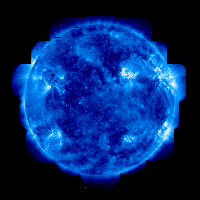

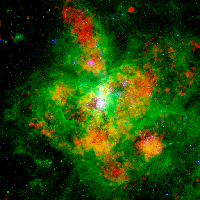
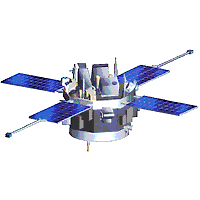
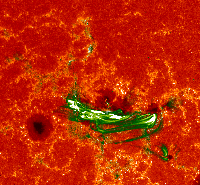
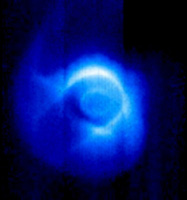
Click on images above to
learn more about them
A service of the Heliophysics
Science Division at NASA's GSFC
Questions and comments to: cosmicopia@cosmicra.gsfc.nasa.gov
Curator: Dr Eric R. Christian, NASA
Responsible NASA Official: Dr Eric R. Christian
Privacy Policy and Important Notices
Questions and comments to: cosmicopia@cosmicra.gsfc.nasa.gov
Curator: Dr Eric R. Christian, NASA
Responsible NASA Official: Dr Eric R. Christian
Privacy Policy and Important Notices

HOME
In the News
History
Ask Us
Great Links
Glossary
Site Map
Search NASA